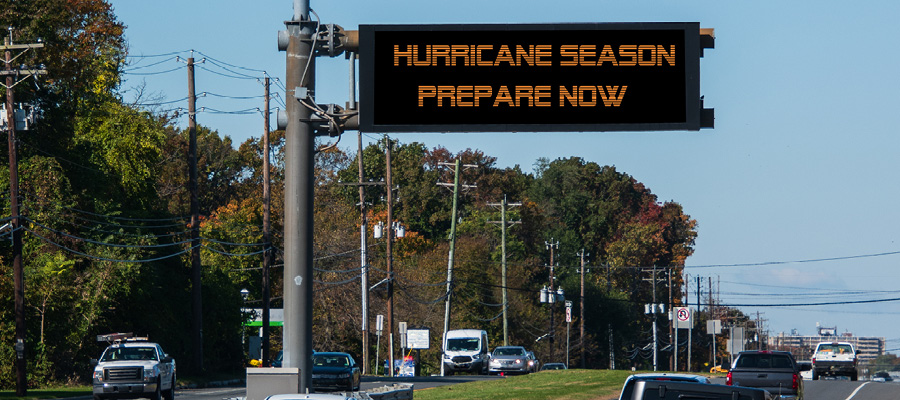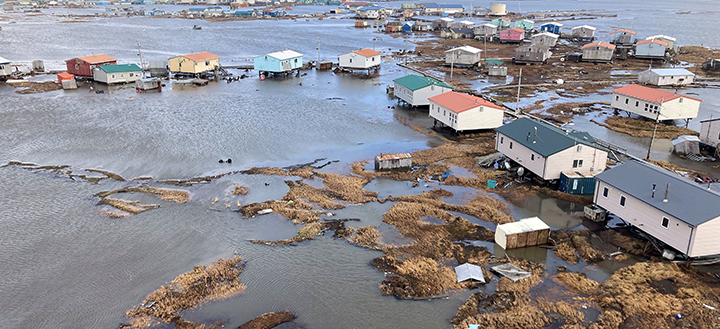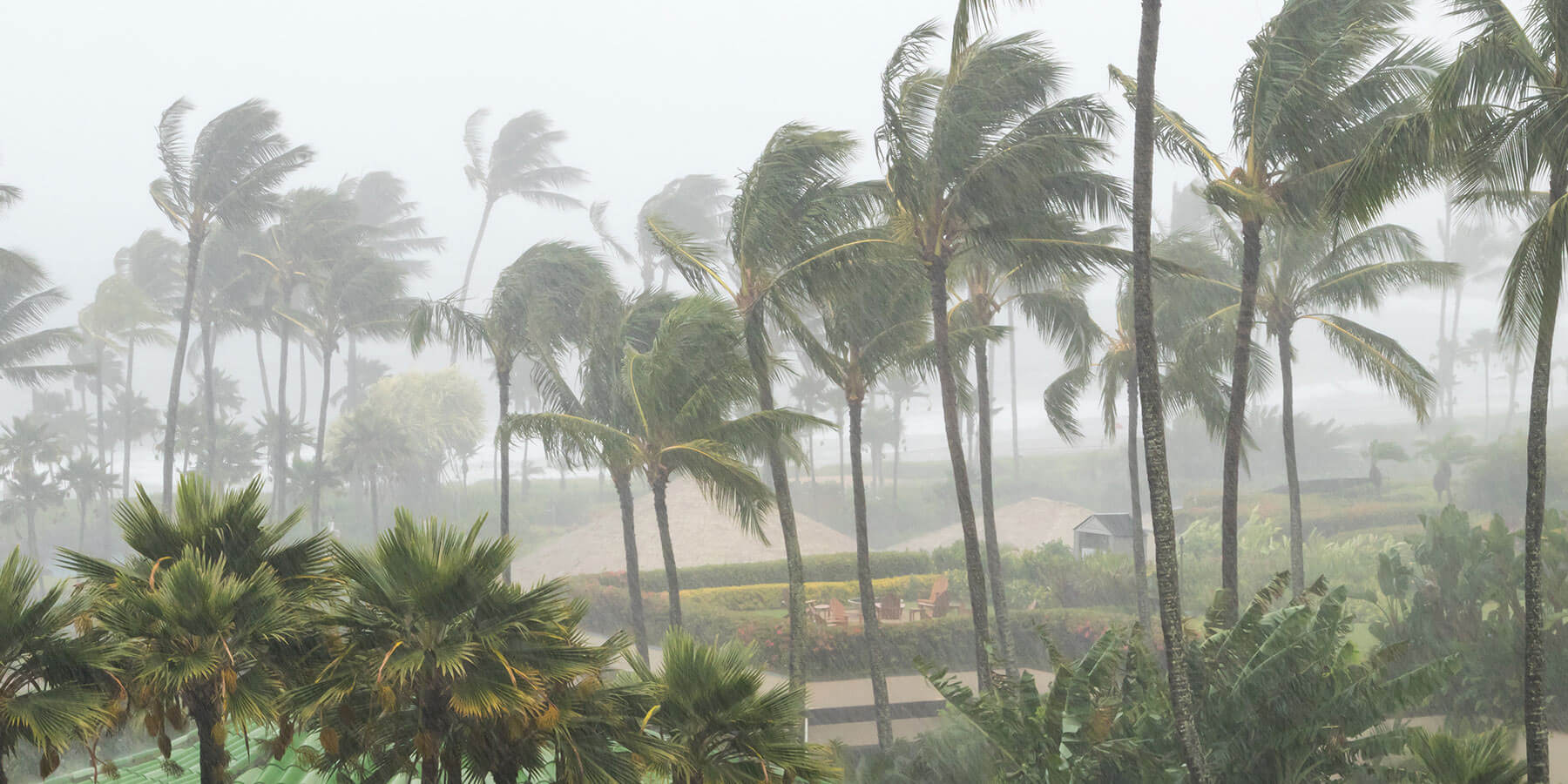Last Updates
Updated 9/30/2024 at 12:15 pm ET
- Current Status: Tropical Storm Joyce became Tropical Depression Joyce and is dissipating.
- Movement: The depression was moving north near 2 mph, with a general northerly motion expected over the next couple of days.
- Hurricane Warning: No hurricane warnings have been issued for Joyce.
- Storm Surge Warning: No storm surge warnings have been issued Joyce.
- Rainfall Forecast: No rainfall is forecast for nearby populated lands from Joyce.
Tropical Storm Joyce could have been the next major weather event to make headlines during the 2024 hurricane season. While Joyce did form, meteorologists that closely monitored its conditions showed it stayed out in the Atlantic for its entire cycle. In this article, we will explore the latest updates on Tropical Storm Joyce, the history and naming process of tropical storms and hurricanes to help you stay prepared and informed.
The History of the Name Joyce
The name Joyce has been used several times in the list of Atlantic tropical cyclone names. This name was first introduced to the naming lists in 1955, replacing the name Janice. Joyce has a relatively quiet history with only a few notable storms carrying this name, none of which have caused significant damage or fatalities.
How a Tropical Storm or Hurricane Gets Named
Have you ever wondered how tropical storms and hurricanes get their names? The process is both fascinating and essential for public safety and communication.
Naming Process
The World Meteorological Organization (WMO) maintains and updates the lists of names used for tropical cyclones. These lists rotate every six years, with names being retired if they have been associated with particularly deadly or costly storms. For example, names like Katrina and Harvey have been retired due to the extensive damage caused by these hurricanes.
Importance of Naming
Naming tropical storms and hurricanes helps avoid confusion and ensures clear communication between meteorologists, the media, and the public. For example, it is much easier to track and discuss a storm named “Joyce” than to refer to it as “the storm currently located at latitude X and longitude Y.”
Criteria for Naming
A tropical cyclone must reach a sustained wind speed of 39 mph to be given a name. Until then, it is referred to by its numerical designation or as a tropical disturbance.
Frequently Asked Questions About Tropical Storm Joyce/Hurricane Joyce
What is the difference between a tropical storm and a hurricane?
A tropical storm has sustained winds ranging from 39 to 73 mph, while a hurricane has sustained winds of 74 mph or higher.
How do meteorologists predict the path of a tropical storm or hurricane?
Meteorologists use computer models, satellite data, and historical weather patterns to predict the path and intensity of tropical storms and hurricanes.
What precautions should coastal residents take during hurricane season?
Coastal residents should have an emergency preparedness plan, including evacuation routes, a supply kit, and staying informed through reliable weather updates.
How often are hurricane name lists updated?
The WMO updates the lists of hurricane names every six years, with some names being retired and replaced as needed.
Can a tropical storm or hurricane form outside of the typical hurricane season?
While the Atlantic hurricane season runs from June 1 to November 30, storms can occasionally form outside of this period due to favorable conditions.
What factors contribute to the formation of a tropical storm or hurricane?
Warm ocean water, low vertical wind shear, and atmospheric instability are key factors that contribute to the formation of tropical storms and hurricanes.
How can I stay informed about the latest developments on Tropical Storm Joyce?
You can stay informed by following updates from the National Hurricane Center, local news, and trusted weather websites.
What should I do if a storm surge warning is issued for my area?
If a storm surge warning is issued, follow the instructions of local authorities, evacuate if advised, and move to higher ground to avoid flooding.
Keeping an Eye Out for Tropical Storm Joyce
Tropical Storm Joyce never impacted any populated communities, but understanding the potential impact of such a storm is crucial for emergency preparedness communities, coastal residents, and weather enthusiasts. By staying informed and prepared, you can mitigate the risks and ensure your safety during the hurricane season.
Visit our Hurricane Resource Center for preparedness and safety tips. Remember, staying informed is the best way to stay safe.



